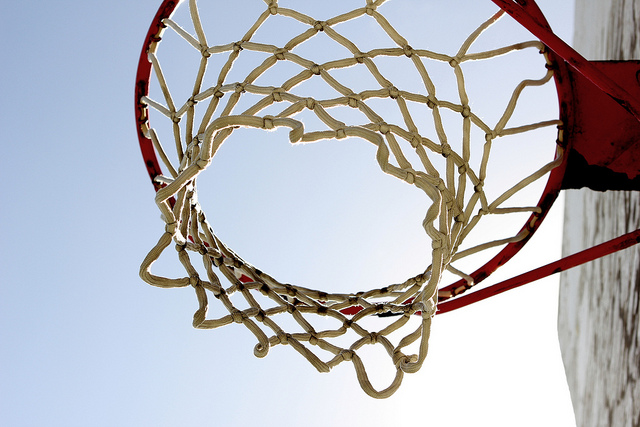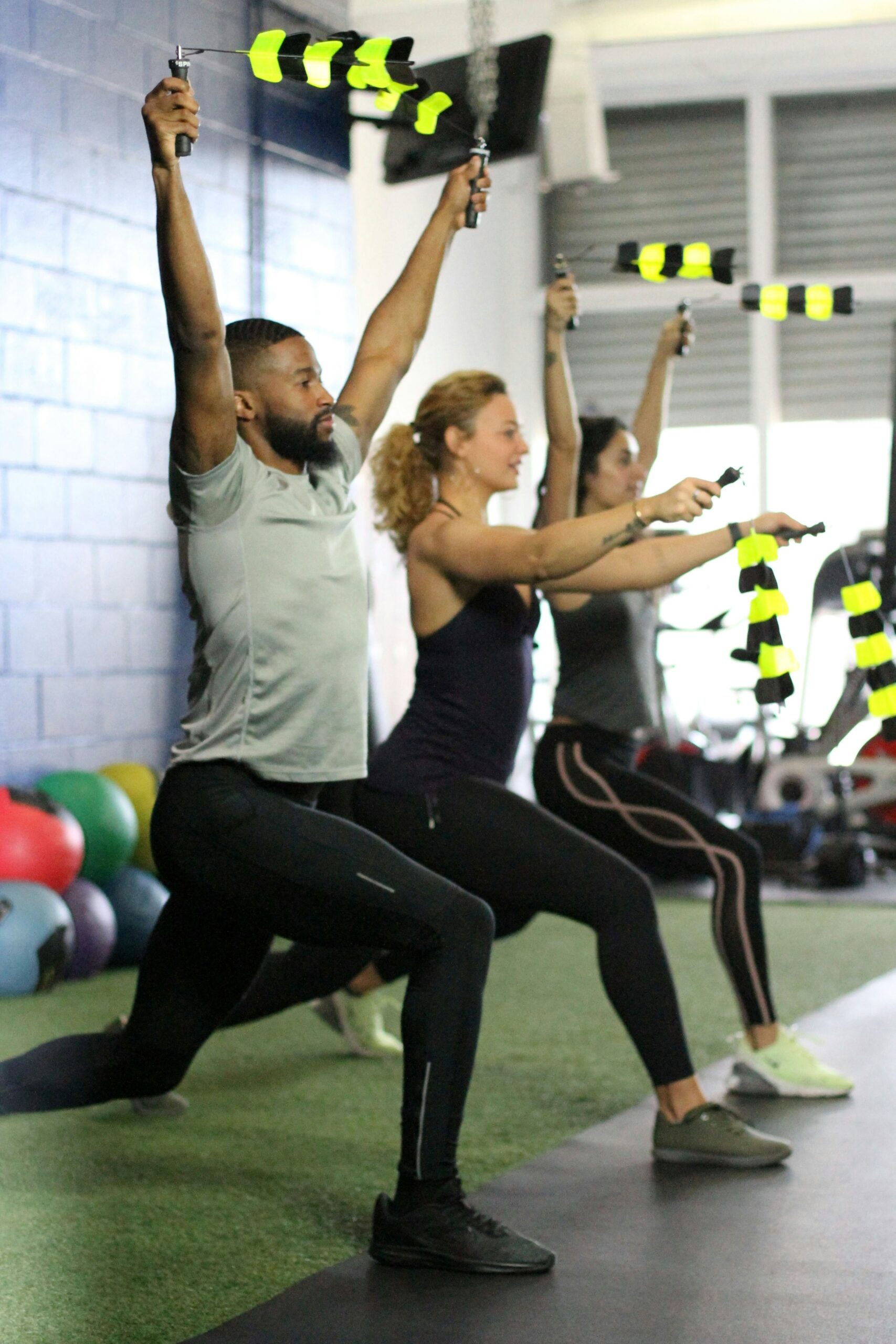Part 1: Assessment in physical education for a physical literacy outcome.

This blog will be the start of a series of blogs in the hope of answering the question: How can physical education assessment be linked to a physical literacy outcome?
It is pertinent to start this discussion by looking into the requirements of the National Curriculum (DfEE, 2014). As education and in this context physical education shifts the goal posts of the National Curriculum (DfEE, 2014) requirements and the expectations, so does the approach of how to teach and assess children’s learning. Tim Oates in his video discusses the review of the National Curriculum and the necessity of dropping levels that are restricting and labelling children as a certain level. The thought process behind this change is to open the learning parameters and in this context of physical education, give children freedom to explore their embodiments. I really like that the physical education curriculum is open in accessibility and flexible in scope, as children are unique by nature, curious, playful and interpret movement(s) differently. It is with effect that physical education should continue to be taught in a holistic away. However, for some teachers that have a reluctancy to teach physical education without a step by step guide, this may ultimately add wood to the fire. Teachers may choose to avoid teaching physical education or spend as long as possible getting changed and unchanged, going back and forth from the playground, sports hall or field.
Tim Oates also discusses the content of the National Curriculum (DfEE, 2014) as a more condensed framework. As a result, all subjects should provide children with deep, contextualised learning with the aim of developing children’s mastery of concepts and ideas. The term mastery is the new buzz word in education at the moment and it is through probing and questioning and answering, a quick form of formative assessment can be formed. In physical education one of the aims is for children to master basic movements and then apply these skills in game situations. Therefore, the same conceptual idea or skill should be repeated and practiced in different games or sports. Furthermore, it can be said that some teachers do not allow children enough time to master a movement. This will be discussed in my next blog. I will also explain why mastering a movement is so hard and how this can relate to physical literacy. This will bring us a step closer to answering our question of how can physical education assessment can be linked to a physical literacy outcome?
References:
DfEE (2014) The national curriculum in England: Key stages 1 and 2 framework document. London: The Stationery Office.



